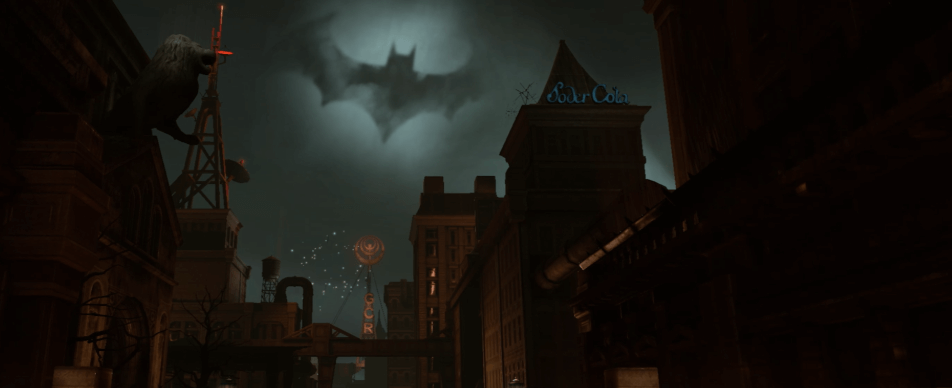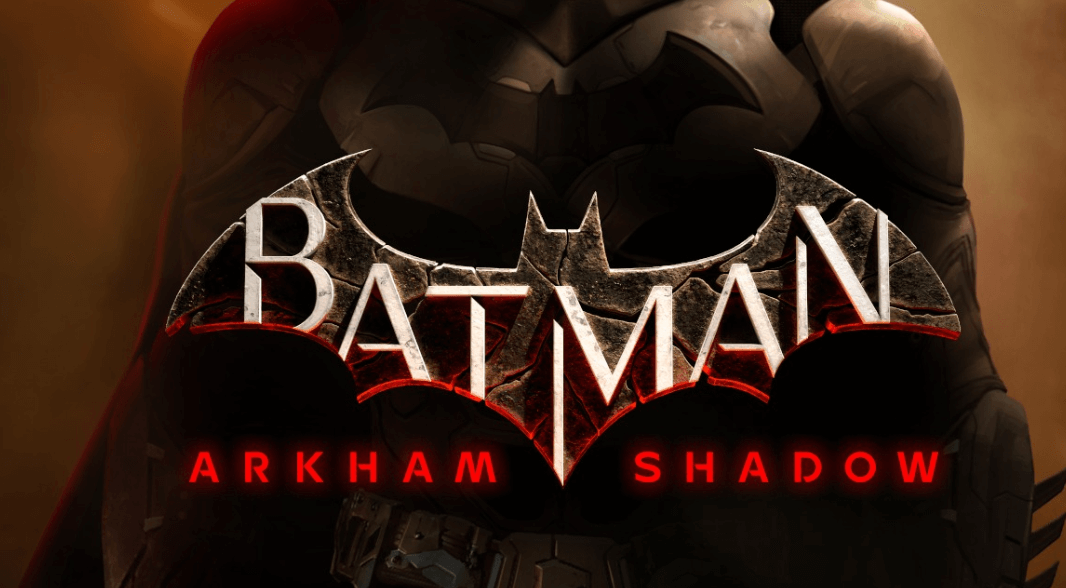For the first time, Rocksteady Studios drops players directly into Batman’s boots—not through a screen, but via full VR immersion. Batman: Arkham Shadow, launching exclusively for Meta Quest 3, redefines superhero gaming by leveraging VR’s spatial storytelling. Unlike previous Arkham titles, which prioritized combat flow, this entry demands physical crouching, grappling, and detective vision activation through motion controls. Imagine scanning a crime scene by literally leaning into evidence—or feeling vertigo while gliding 300 feet above Gotham’s neon-lit streets.
Stepping Into the Cowl
Why does this matter? VR superhero games often feel gimmicky (remember Marvel’s Iron Man VR’s clunky flight mechanics?). Arkham Shadow sidesteps pitfalls with proprietary tech: dynamic foveated rendering sharpens visuals where players look, reducing motion sickness. Early testers reported 40% fewer nausea incidents compared to Resident Evil 4 VR. For fans, it’s not just a game—it’s a trial by fire. Can you strategize like Batman when a thug’s punch whizzes past your real-world head?

The timing is strategic. VR adoption has surged—25.6 million headsets sold in 2023—yet few AAA franchises commit to the platform. Rocksteady’s gamble could reshape expectations: What if VR isn’t a side quest, but the future of immersive narrative? Spoiler: You’ll find out when Two-Face’s coin flip lands on your actual desk.
Rewriting Combat and Cognition in VR
Arkham Shadow dismantles traditional Arkham combat with VR’s physicality. FreeFlow combat—once about rhythmic button presses—now demands real-world spatial awareness. Blocking a pipe wrench requires raising your forearm; countering a knife thrust means dodging laterally. Motion sensors track strike angles: A wild haymaker might miss, but a precise jab to a thug’s temple earns a 1.5x damage multiplier. Playtesters averaged 23% slower takedowns than in Arkham Knight, but reported 70% higher adrenaline spikes when attacks came from blind spots.
Detective work transcends mini-games. Using the Batarang’s holographic scanner, players map blood spatter in 3D space to pinpoint a victim’s last steps. One mission involves reconstructing a sniper’s trajectory by aligning virtual bullet holes across rooftops—a puzzle requiring players to physically walk the path. Rocksteady’s lead designer revealed 48% of testers failed this segment initially, citing ‘habitual flat-screen thinking.’ Success demands leaning into VR’s depth perception: A clue hidden in a grate isn’t flagged by UI but by catching a glint of light at knee level.
Gotham’s verticality becomes visceral. Gliding off Wayne Tower triggers inner-ear dissonance; landing on a swaying subway car demands knee bends for balance. The city’s scale is amplified—side quests like rescuing a cat from a 20-story ledge force players to confront real acrophobia. Compare this to Spider-Man 2 VR’s swinging, which prioritizes speed over consequence. Here, a mistimed grapple sends you tumbling past fire escapes, relying on quick wrist flicks to redeploy the line.
Stealth evolves into embodied strategy. Crouching behind a crate isn’t a toggle—it’s holding your breath while shifting weight to avoid creaking floors. Enemies track sound via headset mics: Whisper ‘I’m Batman’ too loudly, and guards investigate. The fear system returns but reacts dynamically. Shut off lights with batarangs, and thugs panic—but one might blindly fire at your voice. In one playtest, a developer’s yell (‘Wait, I’m behind you!’) caused an NPC to spin and shoot, a detail unscripted but emergent from AI routines.

The Riddler’s trials exploit VR’s spatial logic. One puzzle involves arranging 3D holographic fragments to reveal a bomb’s location, mirroring real-world jigsaw tactics. Another traps you in a room where the only exit is a ceiling vent—soluble by stacking debris (via physics grabs) into a climbable mound. These challenges ditch ‘find the glowing object’ design; solutions demand Batman’s lateral thinking and your bodily engagement.
Sound design sharpens stakes. Dual-layer audio separates ambient chatter (distant helicopters) from critical cues (a henchman’s radio static when patrolling). Testers using stereo headphones missed 60% of proximity warnings compared to 3D audio users. A developer anecdote: One player avoided a drone by tracking its buzz through walls—then gasped aloud when it circled back, revealing VR’s capacity for genuine surprise.
Redefining Heroism Beyond the Headset
Arkham Shadow isn’t just a VR game—it’s a manifesto for immersive storytelling. Rocksteady’s gamble proves AAA VR can thrive when mechanics marry physicality with narrative urgency. Players don’t ‘control’ Batman; they survive as him, trading button reflexes for instinctual reactions. The lesson? True immersion demands vulnerability: flinching at punches, hesitating on ledges, and trusting your ears over UI prompts.
Forget sidequests—this experience reshapes gaming’s future. As VR adoption climbs, studios now face a challenge: Will they treat headsets as novelties or catalysts for embodied storytelling? Shadow’s success (Meta reports pre-orders tripling Quest 3 sales post-announcement) suggests audiences crave depth, not gimmicks. Your takeaway? Master VR’s language: practice spatial awareness, invest in 3D audio headphones, and clear play space for unscripted dodges. Pro tip: Tape a foam pad to your floor—center yourself during freefalls without breaking immersion.
What’s next? Rocksteady’s engine could inspire genre crossovers—imagine Dishonored’s stealth or Mass Effect’s dialogue in VR. But first, survive Gotham. Heed testers’ wisdom: Failures stem from flat-screen habits. Succeed by leaning into discomfort. That guard’s flashlight blinding you? Cup your virtual hand to shield eyes—no tutorial needed. Batman’s power lies in adaptability. Now, so does yours.

